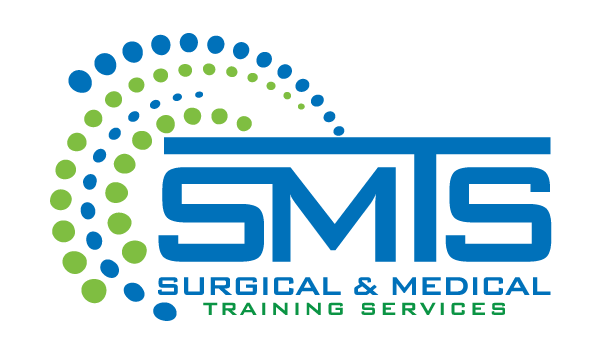In recent medical history, many surgical procedures have evolved from open techniques to those that are minimally invasive. This is largely due to the advent of robotics. The first robotic-assisted surgery was performed in 1985, and the development of the popular da Vinci Surgery System occurred 15 years later. Since that time, nearly twenty years of continuous development has taken place. Now, many surgeons and patients prefer the robotic route for its smaller incisions and more predictable outcomes. At one time, robotic-assisted procedures were exclusive to cardiothoracic procedures. Now, more than half of urologic and gynecological procedures also rely on robotics. As a result, more physicians and residents are interested in training in it.
ROBOTICS IN UROLOGY
Urology has historically been a technologically innovative field of medicine. The advantages of robotics have been demonstrated in numerous procedures, particularly cases of urologic cancers. These include:
- Robotic Prostatectomy. Robotic-assisted radical prostatectomy is preferable because it is considered a nerve-sparing, minimally invasive procedure. The precision of robotics is also associated with greater preservation of erectile function and reduced bleeding and scarring. Before robotics, radical prostatectomy was performed using open or laparoscopic techniques. At this time, robotic-assisted surgery is the new standard.
- Robotic Partial Nephrectomy. In the performance of partial or total nephrectomy, robotics consistently achieves shorter operative and recovery times. Patients are typically released from the hospital sooner due to the precision of robotic-assisted surgery. The use of robotic and laparoscopic techniques has largely eliminated the need for partial rib dissections to complete the partial or total nephrectomy.
- Radical Cystectomy including Intracorporeal Diversions. Regardless of technique, this procedure remains complex. However, the use of robotics has improved efficiency and patient outcomes, achieving shorter hospital stays, reduced pain, and less blood loss.
The prevalence of robotic and laparoscopic surgical techniques is expected to continue going forward. Patient demand across all fields of surgery has increased exponentially in recent years. The demand for minimally invasive techniques suggests that the field of surgery, and therefore surgical training, will lean in a specific direction in the future.
Med Ed labs mobile training sites make skills-building more convenient. Cadaver labs bring the realistic aspect that is necessary to increase the efficacy of skills-building efforts. To learn more about our courses and facilities, call (888) 801-9444.

